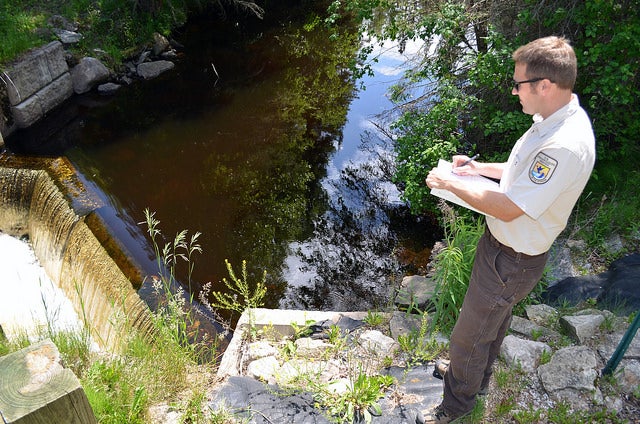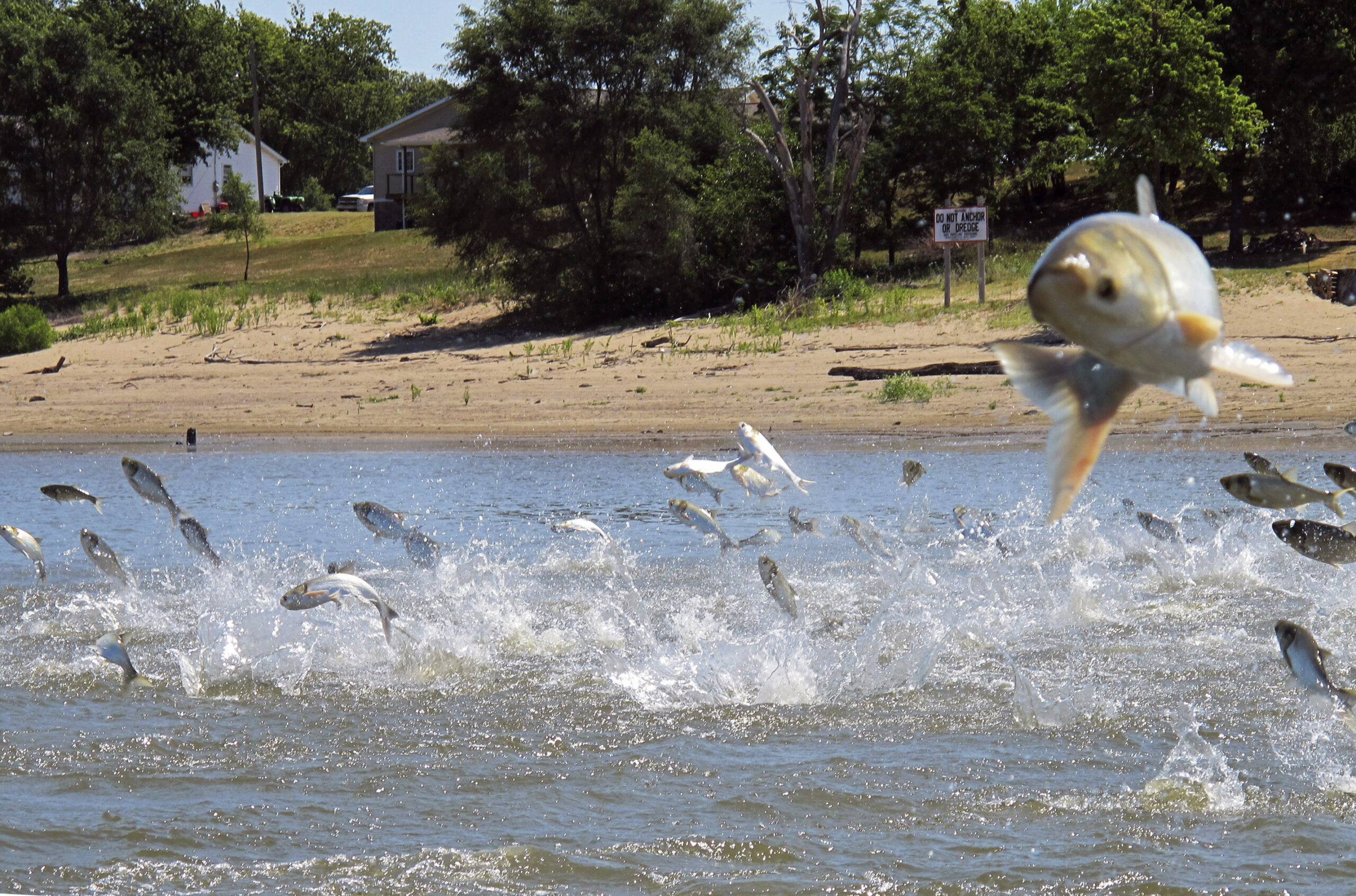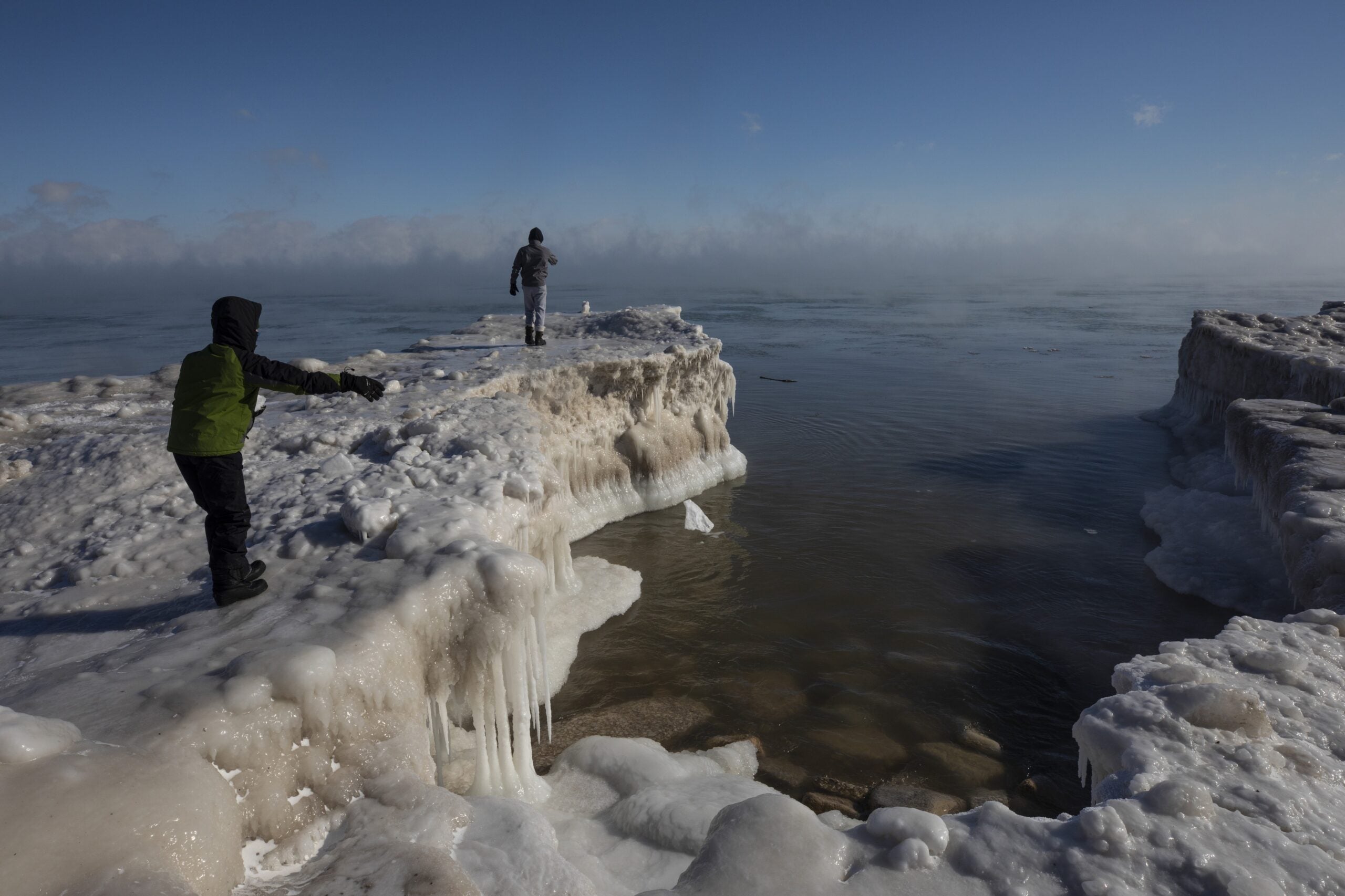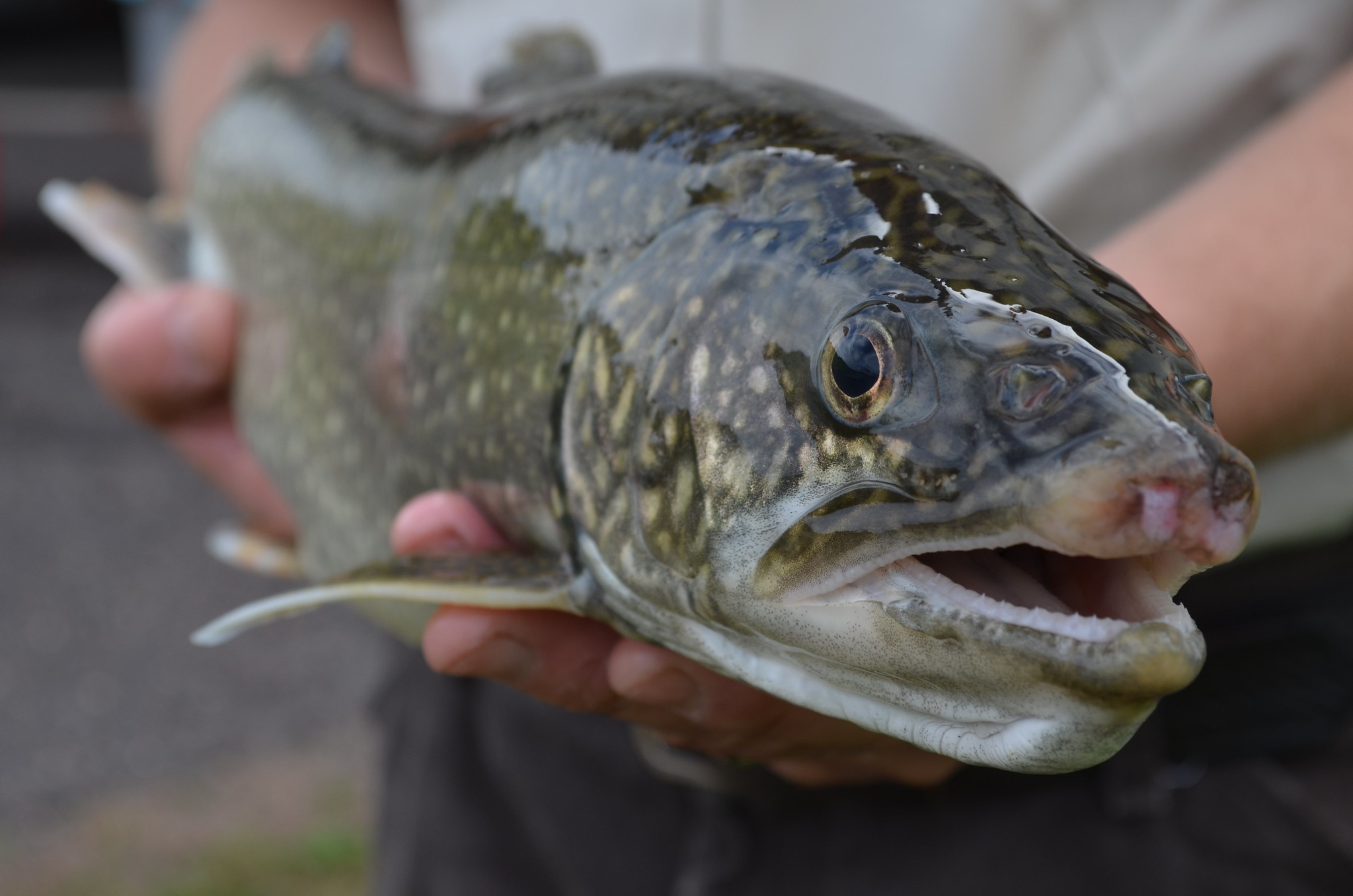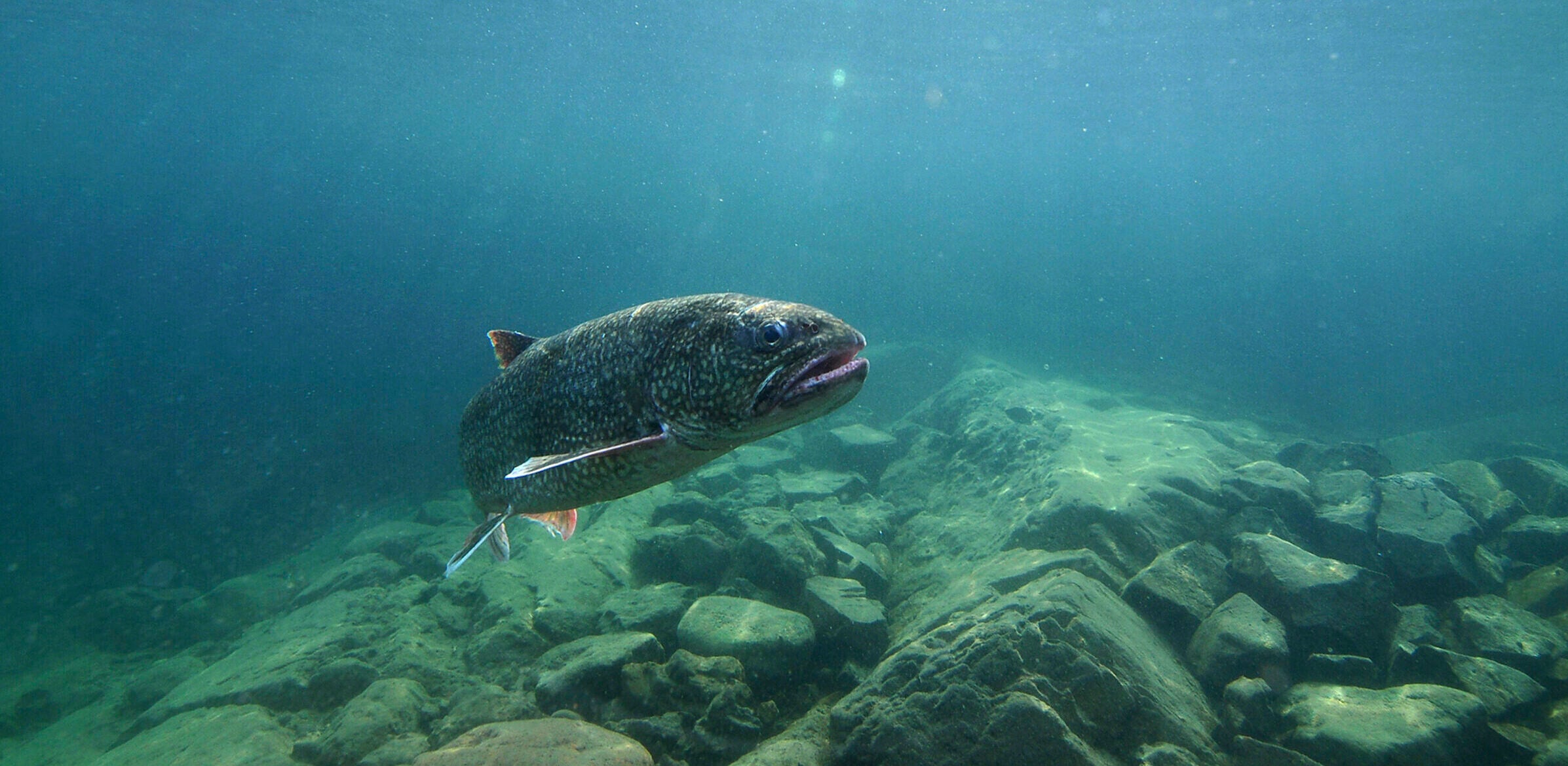The invasive sea lamprey killed around 100 million pounds of fish in the Great Lakes before the United States and Canada joined forces more than 60 years ago to control their numbers. Most recent estimates show lamprey numbers are at a historic low in Lake Michigan, but the invasive fish-killer is on the rise in Lake Superior.

Chestnut Lamprey. Philip Rogers/USFWSmidwest
Sea lamprey are one of the worst invasive species in the Great Lakes, according to Marc Gaden, communications director at the Great Lakes Fishery Commission.
Stay informed on the latest news
Sign up for WPR’s email newsletter.
“What they do is they attach to fish with a suction-cup mouth. They drill a hole through the side of the fish and feed on the fish’s blood and body fluids,” he said. “They’re very destructive.”
The good news, Gaden said, is that lamprey numbers are down in Lakes Michigan, Huron and Ontario.
“In fact, we’re very near target and at near historic lows in lamprey in those lakes, which is exceptionally good news,” he said. “We saw, however, upticks in lamprey populations in Lakes Superior and Erie.”
Lake Michigan has around 30,000 sea lamprey, which is well below the target population of 50,000. Gaden attributed the decline in Lake Michigan to heightened lamprey controls in the last decade and efforts to target an aging dam on the Manistique River that allowed lamprey to spread into the lake.
“The dam became leaky and the lamprey moved into that system like an invading army. It took us awhile to figure out where the big spike in lamprey were coming from in Lake Michigan. When we zeroed in on the Manistique River, we were able to treat it,” he said. “I think that had a lot to do with those numbers coming back down.”
As for Lake Superior, Gaden said they’re seeing about 118,000 lamprey — up almost 20 percent from last year. He said it’s unclear what’s causing the increase.
“One likely reason is a rebound from the pretty harsh winters of a few years ago … The previous couple of winters have been milder in comparison,” he said. “The lamprey might be taking advantage of the better conditions to spawn and reproduce in larger numbers.”
Gaden said the commission plans to conduct heightened monitoring and explore potential new sources of lamprey introduction into the lake. The Great Lakes Fishery Commission spends around $20 million a year to control lamprey numbers to protect the $7 billion fishery in the Great Lakes.
Wisconsin Public Radio, © Copyright 2025, Board of Regents of the University of Wisconsin System and Wisconsin Educational Communications Board.
